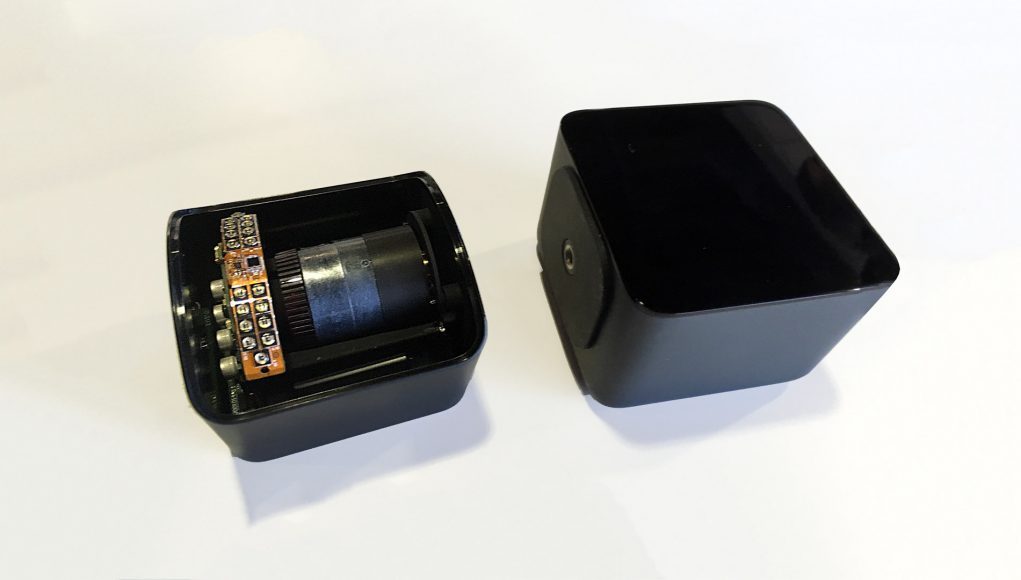Valve plans to manufacture and sell new SteamVR Tracking 2.0 base stations in 2018. The new base stations will bring a number of improvements over the current tracking beacons, including the ability to support more than two base stations for a huge tracking volume.
Update (1/9/18): SteamVR Tracking 2.0 has been shown off in a commercial product for the first time at CES 2018 this week. HTC’s new Vive Pro includes the 2.0 sensors, and the headset was shown being tracked with the new, rounded 2.0 base stations. 2.0 sensors are backwards compatible with 1.0 base stations, but 2.0 base stations are not backwards compatible with 1.0 sensors, which means they won’t be able to track the original Vive.
The Vive Pro appears to be on track to be the first product to launch with SteamVR 2.0 Tracking.
During CES this week, Valve said that SteamVR Tracking 2.0 allows the new base stations to be “smaller, more reliable, and offer improved performance,” including a 10 × 10 meter tracking volume. The company this week also affirmed the ability to connect up to four base stations together,
though it’s unclear if the 10 × 10 volume requires four base stations or if it can be achieved with just two. We’ve reached out to the company for clarity.Valve has confirmed that four base stations are required for the 33 × 33 tracking volume.Valve also says that now more than 1,000 licensees have signed up to use SteamVR Tracking technology in VR headsets and other products.
Original Article (October, 2017): Valve’s Joe Ludwig announced via the SteamVR Tracking HDK board today an update on the company’s progress in developing new SteamVR Tracking base stations which will be compatible with SteamVR Tracking headsets built with the TS4231 sensor. The update asks SteamVR Tracking licensees to submit their expected demand for 2.0 base stations month-by-month through 2018 so that Valve can gauge how to ramp up production.
At launch, the 2.0 base stations will only work with the current base station limit of two, but in early 2018 Valve says they’ll expand the system to work with up to four base stations which “should cover a single room play space of roughly 10 × 10 meters [33 × 33 feet].” Ludwig writes that the company is investigating functionality to support even more than four 2.0 base stations, but isn’t committing to a roadmap at this time.
The 2.0 base stations won’t be compatible with existing HTC Vives since they use a different method for sync timing, but newer headsets and tracked devices in the works will benefit from the 2.0 base stations which will be “smaller, quieter, lower power, more reliable, and less expensive than their 1.0 counterparts,” and offer better performance, according to Valve. An update from June talks more about details of forward/backward compatibility roadmap between base stations and sensors.

Valve expects 2.0 base stations to being shipping to licensees in early 2018, but notes that supply will likely be limited initially. OEMs will order the 2.0 base stations in bulk (at $60/unit + shipping) from Valve and repackage them as part of their products. HTC currently sells replacement 1.0 base stations for $135/unit + shipping, which could give us some indication of the cost savings from the new base stations.
Though the bulk units sold to OEMs won’t include any mounting solution, Ludwig writes that Valve is “creating a custom wall/ceiling mounting solution,” which they’ll talk more about in 2018. It isn’t clear if Valve plans to sell 2.0 base stations directly to consumers, though so far it looks like the company plans to work only with OEMs.







